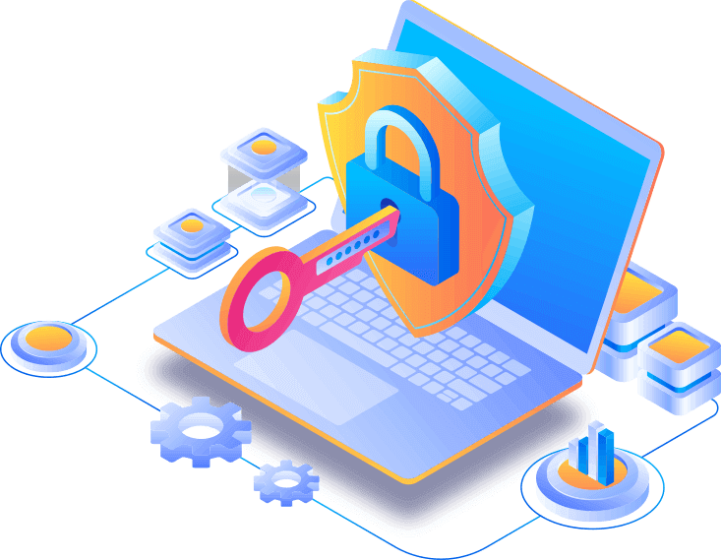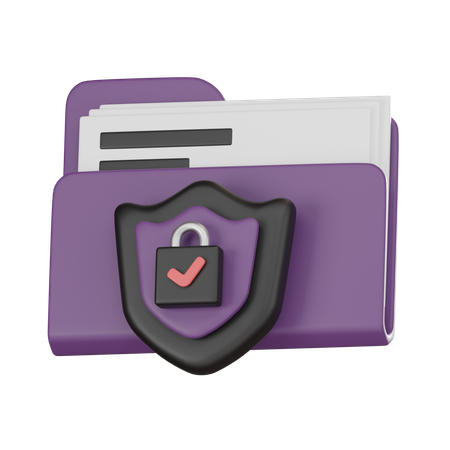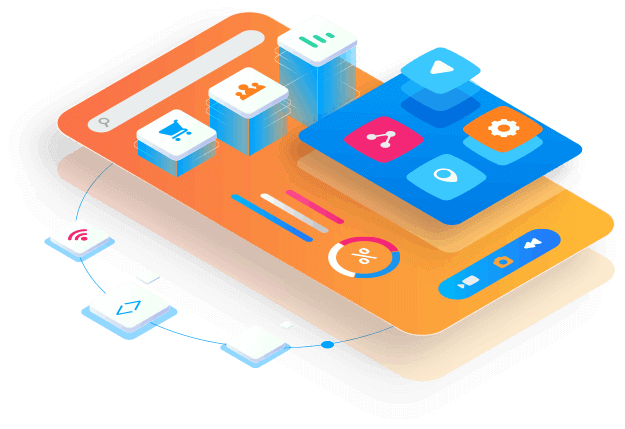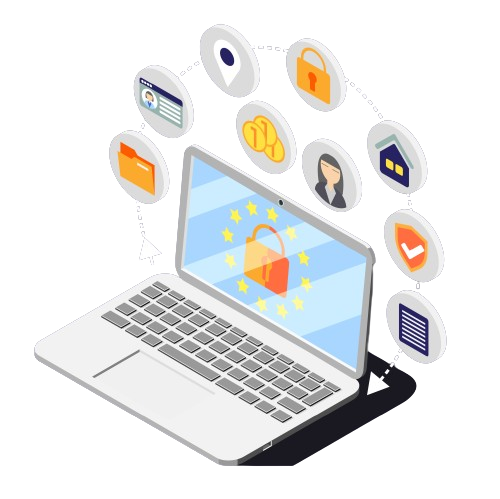Server privilege management

YouTube
Just in Time Permissions Explained #Delinea #PAM #CyberSecurity

A few essential procedures are needed for effective server privilege management.
In order to assign rights based on job duties and guarantee users have the minimal privileges required to do their activities, companies need first build role-based access control (RBAC).
Review and update access permissions frequently to ensure compliance with security guidelines and organizational changes. In order to enforce least privilege principles, monitor privileged sessions in real-time, and enforce granular access controls, secondly, implement privileged access management (PAM) systems.
In order to detect and trace privileged access activities, PAM solutions also make password management, credential rotation, and audit logging easier.This helps firms comply with regulatory requirements and respond quickly to security issues.
Organizations should also give regular audits and monitoring of their server privilege management procedures top priority. Conduct routine audits and reviews of privilege assignments, user activities, and access logs to quickly identify unusual activity or unauthorized access attempts.

- Proactive risk mitigation can be achieved through putting automated alerts and reaction mechanisms into place.
- Inform staff members and IT administrators on the value of secure privilege management procedures and offer training on spotting and averting any security risks.
- Through the efficient integration of server privilege management procedures into their cybersecurity architecture, organizations can improve their ability to withstand cyber assaults, preserve business operations, and safeguard vital assets.
YouTube
OATH OTP MFA Explained: Easy Setup Guide for Stronger Security
About Me
Bert Blevins is a distinguished technology entrepreneur and educator who brings together extensive technical expertise with strategic business acumen and dedicated community leadership. He holds an MBA from the University of Nevada Las Vegas and a Bachelor’s degree in Advertising from Western Kentucky University, credentials that reflect his unique ability to bridge the gap between technical innovation and business strategy.
As a Certified Cyber Insurance Specialist, Mr. Blevins has established himself as an authority in information architecture, with particular emphasis on collaboration, security, and private blockchain technologies. His comprehensive understanding of cybersecurity frameworks and risk management strategies has made him a valuable advisor to organizations navigating the complex landscape of digital transformation. His academic contributions include serving as an Adjunct Professor at both Western Kentucky University and the University of Phoenix, where he demonstrates his commitment to educational excellence and knowledge sharing. Through his teaching, he has helped shape the next generation of technology professionals, emphasizing practical applications alongside theoretical foundations.


In his leadership capacity, Mr. Blevins served as President of the Houston SharePoint User Group, where he facilitated knowledge exchange among technology professionals and fostered a community of practice in enterprise collaboration solutions. He further extended his community impact through director positions with Rotary International Las Vegas and the American Heart Association’s Las Vegas Chapter, demonstrating his commitment to civic engagement and philanthropic leadership. His specialized knowledge in process optimization, data visualization, and information security has proven instrumental in helping organizations align their technological capabilities with business objectives, resulting in measurable improvements in operational efficiency and risk management.
Mr. Blevins is recognized for his innovative solutions to complex operational challenges, particularly in the realm of enterprise architecture and systems integration. His consulting practice focuses on workplace automation and digital transformation, guiding organizations in the implementation of cutting-edge technologies while maintaining robust security protocols. He has successfully led numerous large-scale digital transformation initiatives, helping organizations modernize their technology infrastructure while ensuring business continuity and regulatory compliance. His expertise extends to emerging technologies such as artificial intelligence and machine learning, where he helps organizations identify and implement practical applications that drive business value.
- Bert's core strengths are in process optimization, collaboration, data visualization, application development, and cyber security.
- He is a voracious learner working hard to expand his knowledge base to better understand the rapidly changing world of technology advances.
As a thought leader in the technology sector, Mr. Blevins regularly contributes to industry conferences and professional forums, sharing insights on topics ranging from cybersecurity best practices to the future of workplace automation. His approach combines strategic vision with practical implementation, helping organizations navigate the complexities of digital transformation while maintaining focus on their core business objectives. His work in information security has been particularly noteworthy, as he has helped numerous organizations develop and implement comprehensive security frameworks that address both technical and human factors.
Beyond his professional pursuits, Mr. Blevins is an accomplished endurance athlete who has participated in Ironman Triathlons and marathons, demonstrating the same dedication and disciplined approach that characterizes his professional work. He maintains an active interest in emerging technologies, including drone operations and virtual reality applications, reflecting his commitment to staying at the forefront of technological advancement. His personal interests in endurance sports and cutting-edge technology complement his professional expertise, illustrating his belief in continuous improvement and the pursuit of excellence in all endeavors.


What are Insider Security Threats?
Threats to an organization’s internal security arise from people with access to vital data, systems, and infrastructure. These insiders could be workers, subcontractors, partners in business, or anybody else having rightful access to the company’s assets. Threats can be unintentional arising from carelessness or mistakes or intentional such as malevolent acts meant to do harm.
Types of Insider Threats
Threats to an organization’s internal security arise from people with access to vital data, systems, and infrastructure. These insiders could be workers, subcontractors, partners in business, or anybody else having rightful access to the company’s assets. Threats can be unintentional arising from carelessness or mistakes or intentional such as malevolent acts meant to do harm.

1. Malicious Insiders
- Disgruntled Employees: Individuals who feel wronged or undervalued by the organization and seek revenge.
- Corporate Spies: Employees who steal sensitive information to benefit a competitor or for personal gain.
- Saboteurs: Those who deliberately damage systems, data, or operations.
2.Negligent Insiders
- Careless Workers: Employees who unintentionally expose the organization to risk by failing to follow security protocols, such as using weak passwords or falling for phishing scams.
- Untrained Staff: Personnel who lack adequate training in security practices, leading to accidental breaches.
3. Compromised Insiders
- Inadvertent Victims: Employees who are manipulated or coerced by external actors into providing access or information.
- Credential Theft Victims: Insiders whose login credentials are stolen and used by attackers to gain unauthorized access.
Real-World Examples of Insider Threats
- Edward Snowden: A former NSA contractor who leaked classified information, revealing extensive global surveillance programs.
- The Morgan Stanley Case: An employee downloaded data from approximately 10% of the bank's wealth management clients and shared it online, exposing sensitive personal information.
- The Anthem Breach: A phishing attack led to compromised credentials, allowing attackers to access and steal millions of records from the healthcare insurer.

Consequences of Insider Threats
The impact of insider threats can be severe and far-reaching, including:
- Financial Loss: Costs associated with data breaches, legal fees, regulatory fines, and lost business.
- Reputational Damage: Loss of trust from customers, partners, and the public.
- Operational Disruption: Interruptions in business processes, potentially causing long-term damage to productivity.
- Legal and Regulatory Penalties: Non-compliance with data protection laws can result in hefty fines and legal consequences.
Strategies for Mitigating Insider Threats

Implement Robust Access Controls:
- Least Privilege Principle: Ensure employees have the minimum access necessary to perform their duties.
- Regular Access Audits: Conduct frequent reviews of access permissions to identify and rectify any anomalies.

Enhance Monitoring and Detection:
- User Activity Monitoring: Track and analyze user behavior to detect unusual or suspicious activities.
- Automated Alerts: Use security information and event management (SIEM) systems to receive real-time alerts on potential threats.

Foster a Security-Aware Culture:
- Employee Training: Regularly educate staff on security best practices and the importance of safeguarding sensitive information.
- Clear Policies and Procedures: Establish and enforce comprehensive security policies and response protocols.

Encourage Reporting and Whistleblowing:
- Anonymous Reporting Channels: Provide secure and anonymous ways for employees to report suspicious activities.
- Whistleblower Protections: Ensure that individuals who report threats are protected from retaliation.

Leverage Technology Solutions:
- Data Loss Prevention (DLP): Implement DLP solutions to monitor, detect, and block unauthorized data transfers.
- Endpoint Protection: Use advanced endpoint security tools to protect devices and systems from threats.

Strengthen Incident Response Capabilities:
- Develop a Response Plan: Prepare a detailed incident response plan to handle potential insider threats swiftly and effectively.
- Conduct Drills and Simulations: Regularly practice response scenarios to ensure readiness and identify areas for improvement.
Conclusion
Insider security risks are serious concerns for businesses of all kinds and sizes. It is crucial to comprehend the nature of these dangers and put in place a thorough security plan in order to safeguard confidential data, ensure business continuity, and preserve organizational integrity. Organizations may reduce the risk of insider threats and protect their most precious assets by implementing stringent monitoring and response procedures, utilizing cutting-edge technologies, and cultivating a security-conscious culture.

Preventing Data Breaches Caused by Internal Actors
One of the biggest security risks facing modern businesses is data breaches, which can be caused by internal actors such as contractors, business partners, and employees. Internal actors may purposefully utilize malevolent behaviors to compromise data security, or they may inadvertently do so via carelessness or ignorance. This blog explores methods for stopping internal actors from causing data breaches, emphasizing doable countermeasures, technology advancements, and organizational guidelines.
Understanding Internal Data Breaches
Internal data breaches happen when employees of a company jeopardize data security. Serious repercussions from these breaches may include lost money, harm to one’s reputation, fines, and interruptions to business operations. A comprehensive strategy that takes into account both technical and human elements is needed to prevent such breaches.
Key Strategies to Prevent Data Breaches by Internal Actors
- Least Privilege Principle: Ensure that employees have the minimum access necessary to perform their duties. This limits the potential damage in case of a breach.
- Role-Based Access Control (RBAC): Assign permissions based on roles rather than individuals to streamline access management and reduce the risk of over-privileged accounts.
- Regular Access Reviews: Conduct frequent audits to review and update access permissions, ensuring they remain aligned with employees’ current responsibilities.
- Security Training Programs: Regularly educate employees on cybersecurity best practices, including recognizing phishing attempts, using strong passwords, and protecting sensitive data.
- Simulated Phishing Campaigns: Conduct periodic phishing simulations to test employees’ awareness and improve their ability to recognize malicious emails.
- Clear Communication Channels: Ensure employees know how to report suspicious activities or potential security threats promptly.
- Data Loss Prevention (DLP) Tools: Implement DLP solutions to monitor, detect, and prevent unauthorized data transfers, ensuring that sensitive information does not leave the organization inappropriately.
- Endpoint Protection: Deploy advanced endpoint security solutions to protect devices against malware, unauthorized access, and other threats.
- User and Entity Behavior Analytics (UEBA): Use UEBA tools to analyze user behavior and detect anomalies that could indicate malicious activities or compromised accounts.
- Security Information and Event Management (SIEM): Implement SIEM systems to collect and analyze security event data in real-time, enabling the detection of potential threats and prompt response.
- Automated Alerts and Response: Configure automated alerts for suspicious activities and integrate response mechanisms to quickly address potential breaches.
- Regular Log Reviews: Conduct regular reviews of security logs to identify patterns or activities that may indicate insider threats.
- Data Classification and Handling Policies: Develop and enforce policies that classify data based on sensitivity and outline specific handling procedures for each category.
- Clear Incident Response Plan: Create a detailed incident response plan that outlines steps to take in the event of a data breach, ensuring a swift and coordinated response.
- Regular Policy Audits: Periodically review and update security policies to reflect new threats and technological advancements.
- Encourage a Proactive Security Mindset: Promote a culture where security is everyone’s responsibility, encouraging employees to be vigilant and proactive in protecting data.
- Recognition and Rewards: Acknowledge and reward employees who demonstrate exemplary security practices or identify potential threats, reinforcing positive behavior.
- Transparent Communication: Maintain open communication about security issues and breaches to build trust and emphasize the importance of security within the organization.
- Multi-Factor Authentication (MFA): Require MFA for accessing sensitive systems and data to add an extra layer of security beyond just passwords.
- Single Sign-On (SSO): Use SSO solutions to streamline authentication processes while maintaining strong security controls.
- Regular Credential Updates: Enforce regular password changes and discourage the reuse of passwords across multiple accounts.
- Anonymous Reporting Channels: Provide secure and anonymous ways for employees to report suspicious activities without fear of retaliation.
- Whistleblower Protections: Ensure that employees who report security concerns are protected from any form of retaliation, fostering a safe environment for raising i
Real-World Examples and Lessons Learned

Capital One Data Breach (2019)
A former employee exploited a misconfigured firewall to access sensitive data. This breach highlighted the importance of rigorous access control and continuous monitoring of security configurations.

Tesla Insider Sabotage (2018)
An employee manipulated manufacturing systems and exported sensitive data. This incident underscores the need for monitoring user activities and having robust incident response plans.

Anthem Health Insurance Breach (2015)
Compromised credentials led to the exposure of millions of records. This breach demonstrated the critical need for strong authentication measures and employee training to prevent credential theft.
Conclusion
It is difficult yet crucial to stop internal actors from causing data breaches in order to safeguard the resources and good name of a business. Organizations can greatly lower the risk of internal data breaches by putting strong access controls in place, improving employee training, utilizing cutting-edge technology solutions, and encouraging a security-conscious culture. To further strengthen defenses and keep the business resilient against insider threats, regular audits, robust authentication procedures, and a well-defined incident response strategy are essential.










